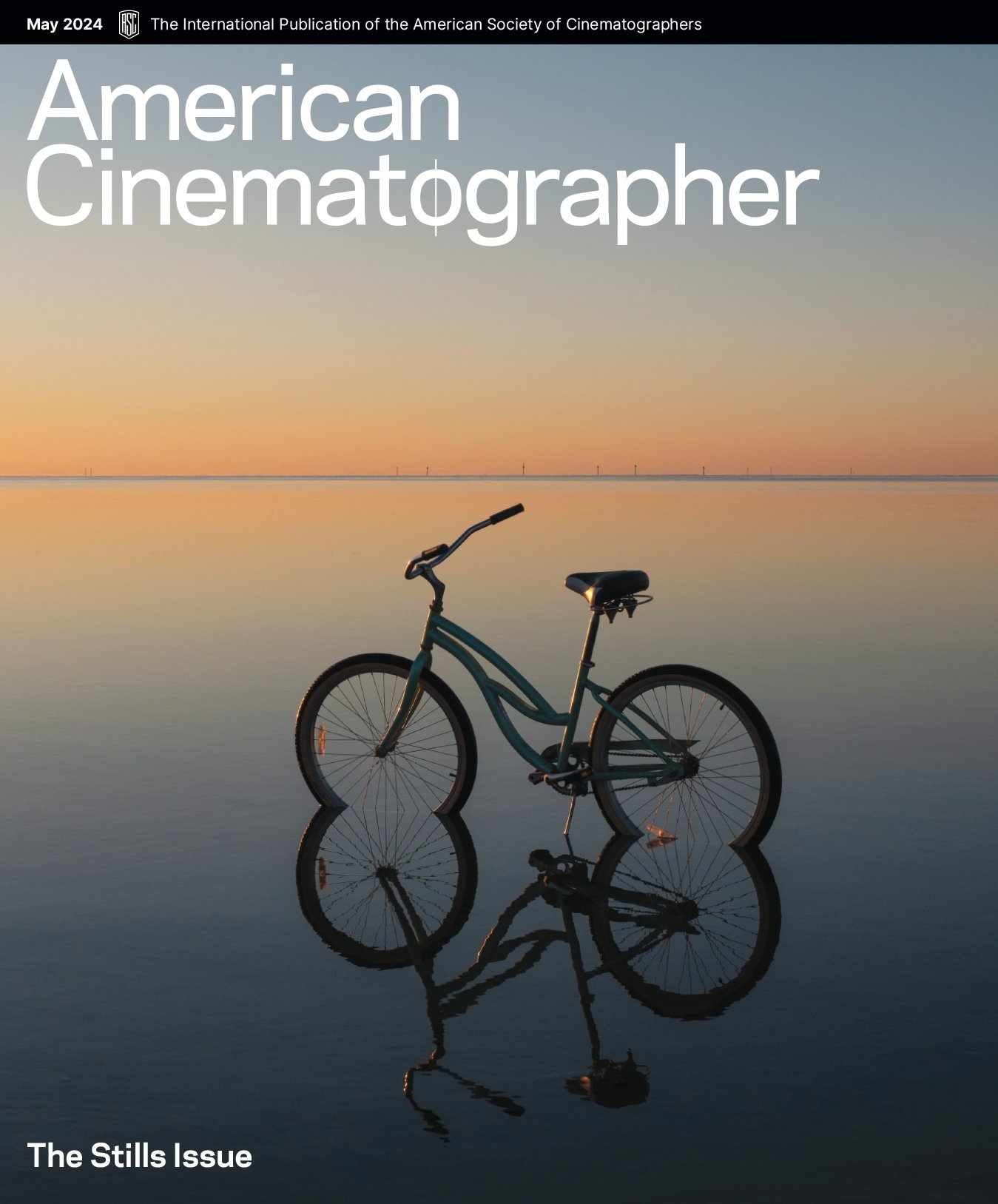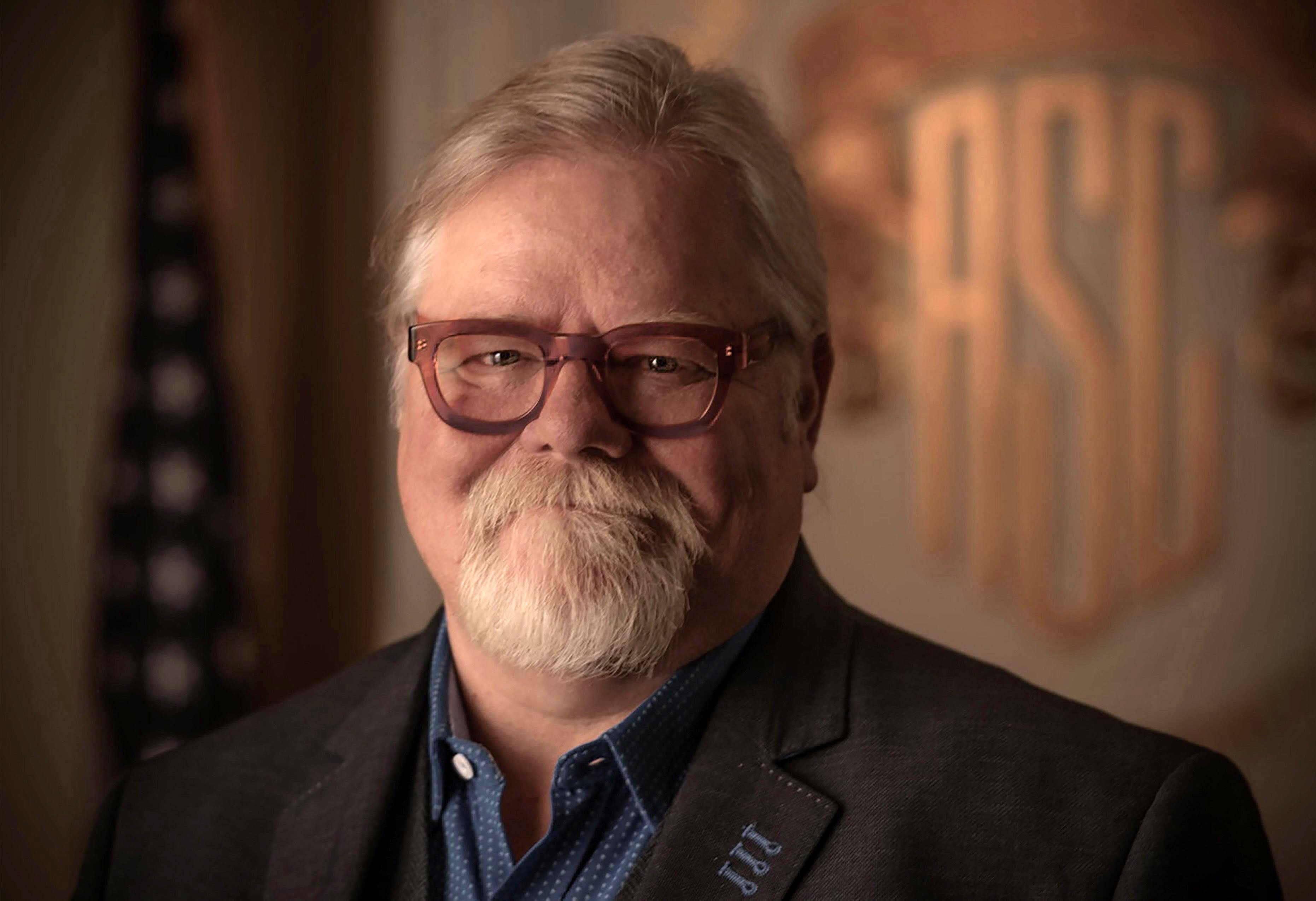
President’s Desk — May 2024
Be it digital or film capture, stills likely represent when we dipped our first toe into the waters of visuals.

Our annual Stills Issue gives us insights into the ASC’s members in unexpected ways. In one key respect, it’s a look back at how many of us first came to develop our mind’s eye. Be it digital or film capture, stills likely represent when we dipped our first toe into the waters of visuals. They show our first explorations of composition, graphic unity and the intuitive character of the color spectrum — all wrapped inside the search for our unique, visual voice.
For me, it’s where I discovered the work ethic needed to fuel one’s passion. The hours seemed to fly by in the basement darkroom of our family home while I was trying to “master” printing techniques. By the time I emerged to set my prints out to dry, it was often well into the next day. Most of my darkroom was homemade and stocked with mismatched equipment I usually found at garage sales: an enlarger from the 1950s, a homemade easel, a sink. None of my “photo equipment” was pretty to look at, and I’m not sure my prints were all that good, but that old gear went a long way toward making me a cinematographer.
I also used stills to learn about motion-picture stocks. I bulk-loaded rolls into my still camera and one-light-printed the results — which informed me exactly where black values lay on early Kodak 5247 stock, which filters I needed to correct for daylight, and how the film handled extreme overexposure and contrast.

Funny enough, once I started learning about cinematography, a whole new horizon opened before me. The visual impact of a moving camera or moving light sources, combined with moving objects, brought a different experiential energy to the audience. For me, the language of film, and its associated magic, stems from our days of discovery with the still camera. And I believe that’s why so many cinematographers take photos on weekends: so we can stay at one with the story of the world.
There is more to it than that, though: We also learn how to look past the obvious and engage with an image, and to look carefully at the world and find the parts that inspire us to produce narratives with fidelity and integrity. This is something we can carry into our cinematographic work — and back again. One art form begins to inform the other.
Best regards,
Shelly Johnson
ASC President





